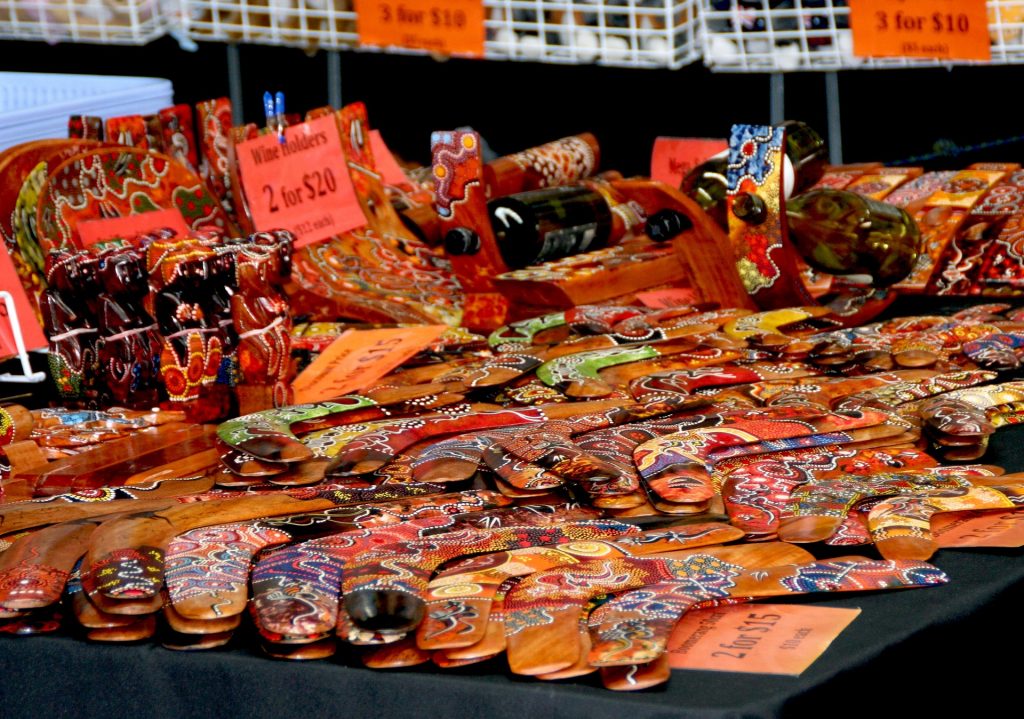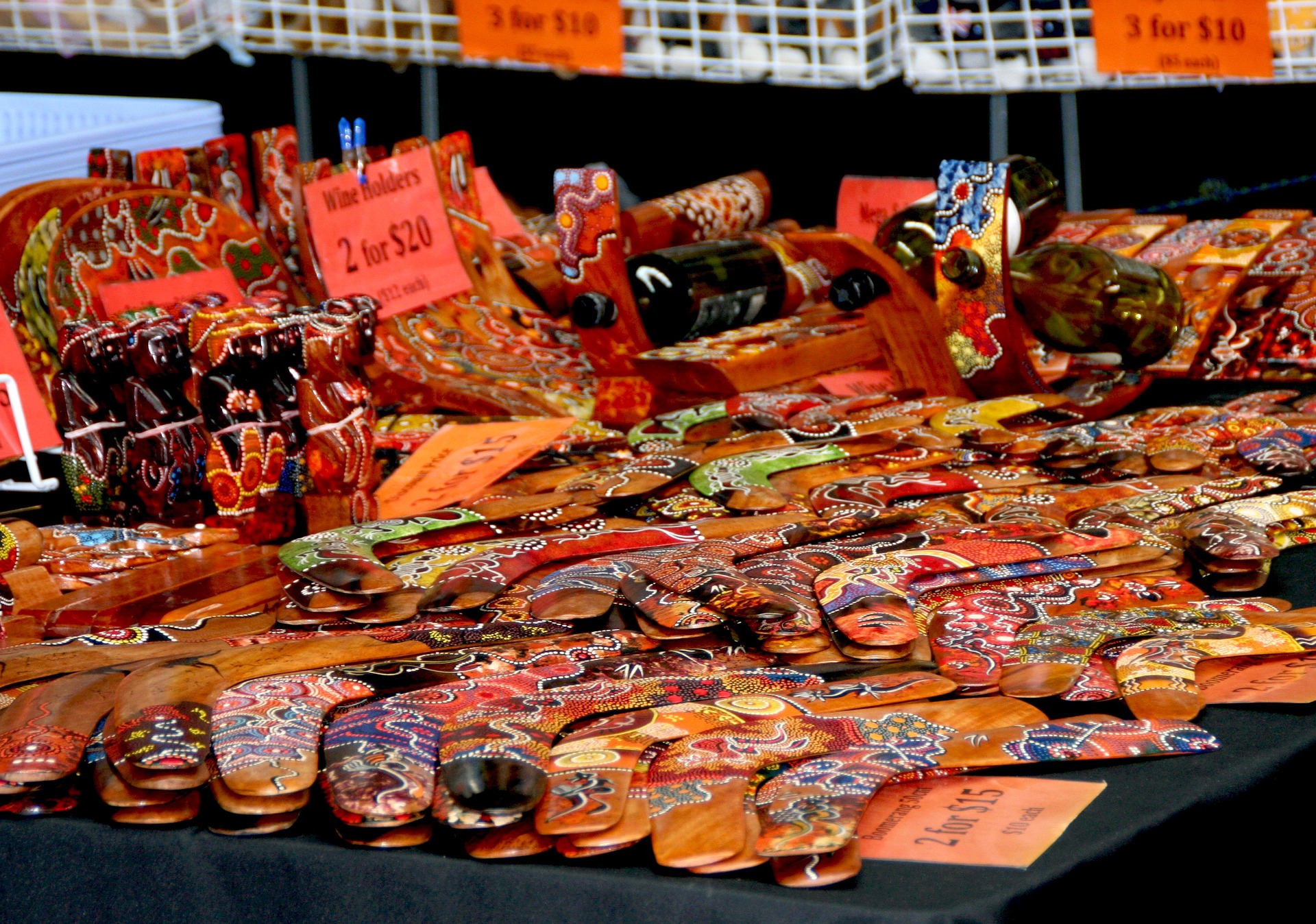Boomerangs are ancient hunting tools that have been used by Indigenous Australians for thousands of years. They have a distinctive curved shape and are known for their ability to return to the thrower if thrown correctly. However, boomerangs are not just limited to Australian Indigenous culture, as they have also played a significant role in the cultural traditions of many other societies. One such society is Russia, where boomerangs, known as Rus Boomerangs, have been used for centuries in traditional games, rituals, and ceremonies.
In this article, we will explore the cultural significance of boomerangs in Russia, with a particular focus on the history and mythology surrounding Rus Boomerangs. We will examine how Rus Boomerangs have been used in various cultural practices throughout Russian history and their role in modern-day activities such as sports and collecting. By the end of this article, you will have a greater understanding of the unique and fascinating place that Rus Boomerangs hold in Russian culture and folklore.
Exploring the Cultural Significance of Boomerangs in Russian History
Early history of boomerangs in Russia The history of boomerangs in Russia can be traced back to the prehistoric era, where they were used as weapons for hunting and self-defense. Over time, the use of boomerangs evolved to include various cultural practices such as games and rituals.
Use of boomerangs in traditional Russian games and sports Boomerangs have been an integral part of traditional Russian games and sports for centuries. One such game is “Lapta,” which involves throwing a small ball with a bat-like object, which is similar to a boomerang. The objective of the game is to hit the ball as far as possible with the bat and then run between two bases. Another traditional game that involves boomerangs is called “Kushchevka,” which is a game of skill that involves throwing a boomerang at a target.
Folklore and mythology surrounding boomerangs in Russia In Russian folklore, boomerangs are often associated with the god of thunder, Perun. It is believed that Perun used a magic boomerang to fight his enemies, and that boomerangs were imbued with special powers. It is also said that witches and sorcerers used boomerangs for divination and casting spells. In addition to their magical properties, boomerangs were also considered to be symbols of strength and endurance, and were used to demonstrate one’s hunting prowess and physical abilities.
The Symbolic Power of Boomerangs in Russian Culture
Boomerangs have a rich cultural significance in Russian history and tradition. For centuries, they have been used as symbols of strength, endurance, and skill. Boomerangs have played a significant role in traditional Russian rituals and ceremonies, particularly in the practice of shamanism. The curved shape of boomerangs was believed to be symbolic of the cyclical nature of life and the importance of balance.
In addition to their spiritual significance, boomerangs were also objects of art and craftsmanship in Russia. Many skilled artisans crafted boomerangs from various materials, such as wood, bone, and even metal. These boomerangs were often decorated with intricate designs and carvings, making them not just functional tools, but also beautiful works of art.
In more recent times, boomerangs have also been used as a symbol of national pride and identity in Russia. They have been featured in various cultural events and exhibitions, showcasing the unique role of boomerangs in Russian culture and heritage. Today, many people in Russia continue to practice traditional games and sports involving boomerangs, keeping this important cultural tradition alive.
conclusion
In conclusion, the boomerang has played a significant role in the cultural heritage of Russia. From its use in traditional games and sports to its symbolism of strength and endurance, the boomerang has been an enduring cultural symbol for centuries. Its importance can be seen in the folklore and mythology surrounding it, as well as its continued use in rituals and ceremonies.
Despite the passage of time and changes in modern society, the cultural significance of boomerangs in Russia has not diminished. Today, they are still admired and appreciated for their intricate designs and craftsmanship. Russian artists and craftsmen continue to create unique and beautiful boomerangs, showcasing the importance of this tradition to the country’s national identity.
In many ways, the boomerang serves as a reminder of the enduring power of cultural traditions and their ability to unite people across generations. As such, it remains a beloved and cherished symbol of Russian culture, both within the country and around the world. Its timeless appeal is a testament to the enduring importance of cultural heritage and the role it plays in shaping our collective identity.




